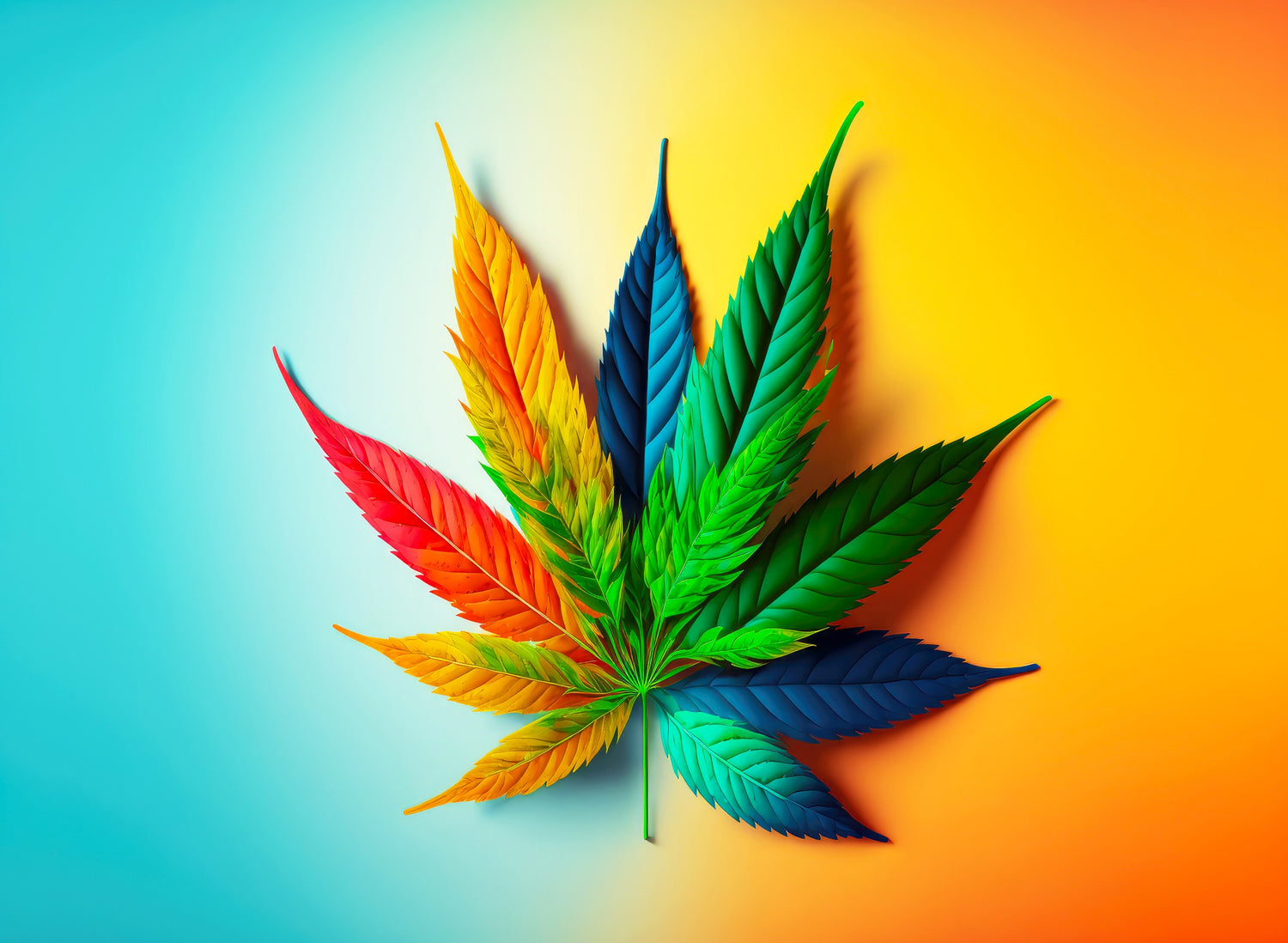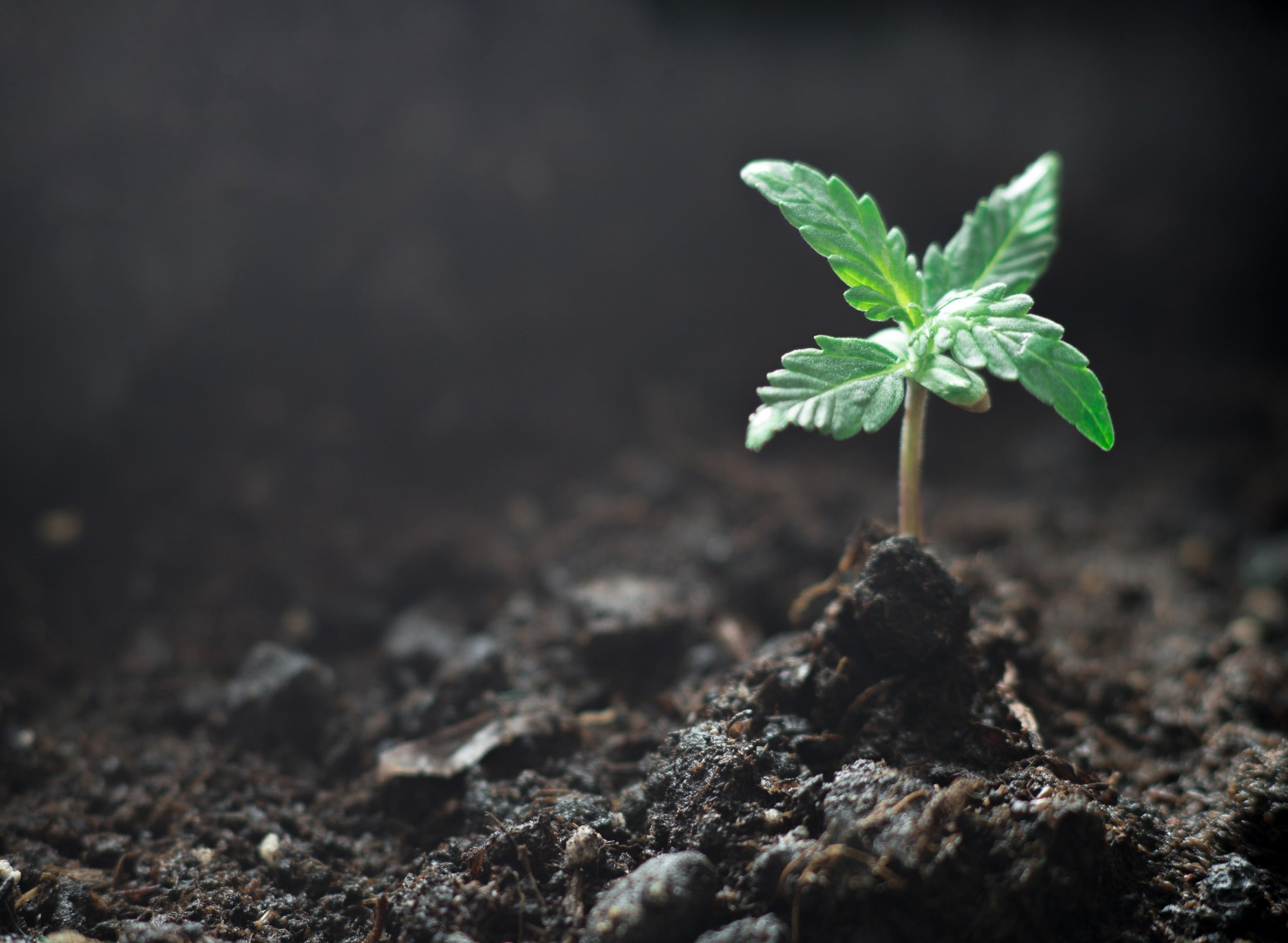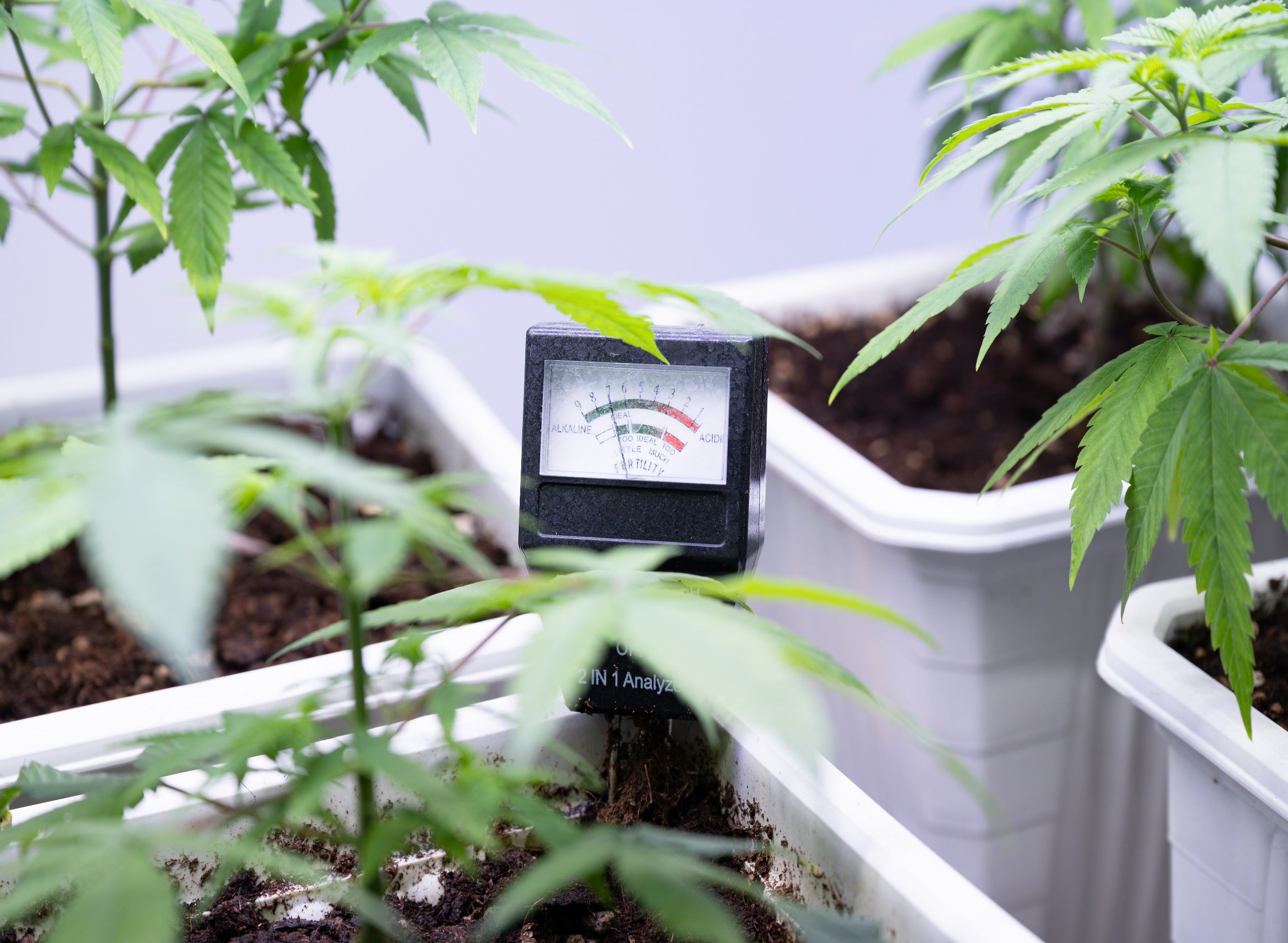Weed, or marijuana, is well known for its varied palette of colors, ranging from verdant greens to vibrant purples, bright oranges, snowy whites, and even blues. But have you ever wondered; what makes weed colorful? The colors you see in various strains of weed aren’t just for show. They serve as a direct reflection of the plant’s genetic makeup, nutrient absorption, and overall health. Let’s delve into the rainbow world of marijuana colors, exploring what each hue means, and how it can influence the quality of your cannabis.
The Green Basis: Chlorophyll
The most common color in weed is, without a doubt, green. This color is due to chlorophyll, the pigment responsible for photosynthesis—the process plants use to convert light into energy. However, other pigments exist in the cannabis plant that can overshadow chlorophyll under specific conditions, giving rise to an array of colored weed.
Purple Weed: The Cool Kid on the Block
Purple weed is a fan favorite, widely recognized for its eye-catching hue. The purpling is largely due to a group of pigments known as anthocyanins. Anthocyanins are water-soluble pigments that can appear red, blue, or purple, depending on the pH. Certain strains are genetically predisposed to produce more anthocyanins, leading to the occurrence of purple weed. Cooler temperatures towards the end of the flowering cycle can also enhance the purple coloration.
Blue Strains of Weed: A Chill Factor
Similar to their purple cousins, blue strains of weed owe their coloration to anthocyanins. However, this color is quite rare and typically shows up as more of a bluish tint or undertone. Cooler temperatures during the flowering stage are also required to bring out the blue coloration. Strains like Blue Dream and Blueberry are well known for their azure hues and correspondingly cool, soothing effects.
Red Weed Strains: A Fiery Twist
Red weed strains are quite rare and highly sought after by cannabis connoisseurs. Like blue and purple strains, the red coloration in these strains comes from anthocyanins. However, when growing your cannabis, red weed strains require specific pH levels and cooler temperatures during the flowering phase to fully express their fiery tones. Strains like Red Poison or Panama Red are known for their distinctive crimson accents.
Orange Weed: The Color of Vigor
The orange color in weed comes from carotenoids, a group of plant pigments that are responsible for bright red, yellow, and orange hues in many fruits and vegetables. If a strain is genetically predisposed to high carotenoid production, the plant will develop vivid orange hairs, or pistils, especially as it matures. These strains often evoke a sense of warmth and vibrancy, with Orange Kush and Agent Orange being popular examples.
Yellow Weed Strains: A Sign of Caution
While yellow leaves can be part of the natural lifecycle of a marijuana plant, particularly in the late flowering stage, overly yellow weed strains could be a warning sign. This color change can often indicate a weed plant’s nutrient deficiencies, particularly a lack of nitrogen. But don’t confuse the yellow leaves with the golden trichomes or yellow hairs that some strains develop, which are normal and often a sign of good weed quality.
White Weed: The Snowy Enigma
White weed might sound like a myth, but it’s actually a reality in some cases. This happens due to the abundance of the marijuana plant’s trichomes– the tiny, crystal-like appendages on the buds and leaves that produce cannabinoids and terpenes. Similarly, albino cannabis plants can also appear white. However, this is extremely rare and not typically desirable, as these plants struggle to perform photosynthesis and are often less potent.
As you explore the vibrant world of cannabis colors, it’s evident that the hues tell a story much deeper than just aesthetics. They reflect the health, genetics, and care that goes into each strain, providing a visual guide to understanding what’s happening beneath the surface. Whether you’re attracted to the deep purples, vibrant oranges, or soothing blues, each color of weed offers a unique blend of art and science, all bundled into one beautiful bud.
Bottom Line
In conclusion, understanding the colors of weed is like decoding a plant’s personal diary. These colors offer critical information about the plant’s health, genetic lineage, and growth conditions. They can guide you to select the best strain for your needs, alert you of potential issues with your cannabis, and add a vibrant visual appeal to your growing experience. Whether you’re drawn to the cool allure of blue strains or the warm energy of orange weed, remember that each hue is a vital part of the plant’s tale, bringing color to your grow room and the world of cannabis.














Leave a comment
All comments are moderated before being published.
This site is protected by reCAPTCHA and the Google Privacy Policy and Terms of Service apply.